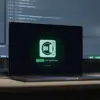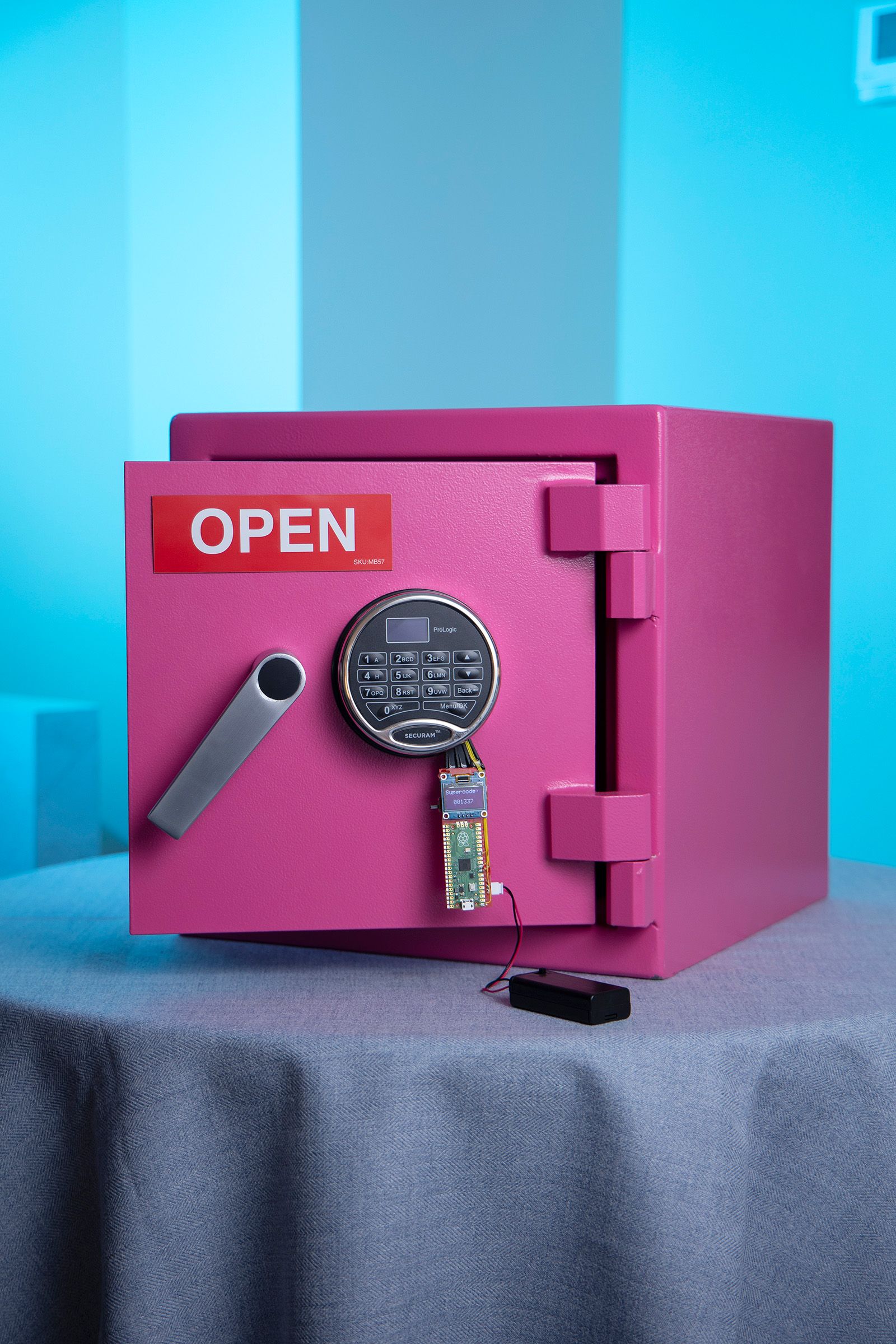About two years ago, security researchers James Rowley and Mark Omo got curious about a scandal in the world of electronic safes: Liberty Safe, which markets itself as “America’s #1 heavy-duty home and gun safe manufacturer,” had apparently given the FBI a code that allowed agents to open a criminal suspect’s safe in response to a warrant related to the January 6, 2021, invasion of the US Capitol building.
Politics aside, Rowley and Omo were taken aback to read that it was so easy for law enforcement to penetrate a locked metal box—not even an internet-connected device—that no one but the owner ought to have the code to open. “How is it possible that there’s this physical security product, and somebody else has the keys to the kingdom?” Omo asks.
So they decided to try to figure out how that backdoor worked. In the process, they’d find something far bigger: another form of backdoor intended to let authorized locksmiths open not just Liberty Safe devices, but the high-security Securam Prologic locks used in many of Liberty’s safes and those of at least seven other brands. More alarmingly, they discovered a way for a hacker to exploit that backdoor—intended to be accessible only with the manufacturer’s help—to open a safe on their own in seconds. In the midst of their research, they also found another security vulnerability in many newer versions of Securam’s locks that would allow a digital safecracker to insert a tool into a hidden port in the lock and instantly obtain a safe’s unlock code.
At the Defcon hacker conference in Las Vegas today, Omo and Rowley made their findings public for the first time, demonstrating onstage their two distinct methods for opening electronic safes sold with Securam ProLogic locks, which are used to protect everything from personal firearms to cash in retail stores to narcotics in pharmacies.
While both their techniques represent glaring security vulnerabilities, Omo says it’s the one that exploits a feature intended as a legitimate unlock method for locksmiths that’s the more widespread and dangerous. “This attack is something where, if you had a safe with this kind of lock, I could literally pull up the code right now with no specialized hardware, nothing,” Omo says. “All of a sudden, based on our testing, it seems like people can get into almost any Securam Prologic lock in the world.”
Omo and Rowley demonstrate both their safecracking methods in the two videos below, which show them performing the techniques on their own custom-made safe with a standard, unaltered Securam ProLogic lock:




